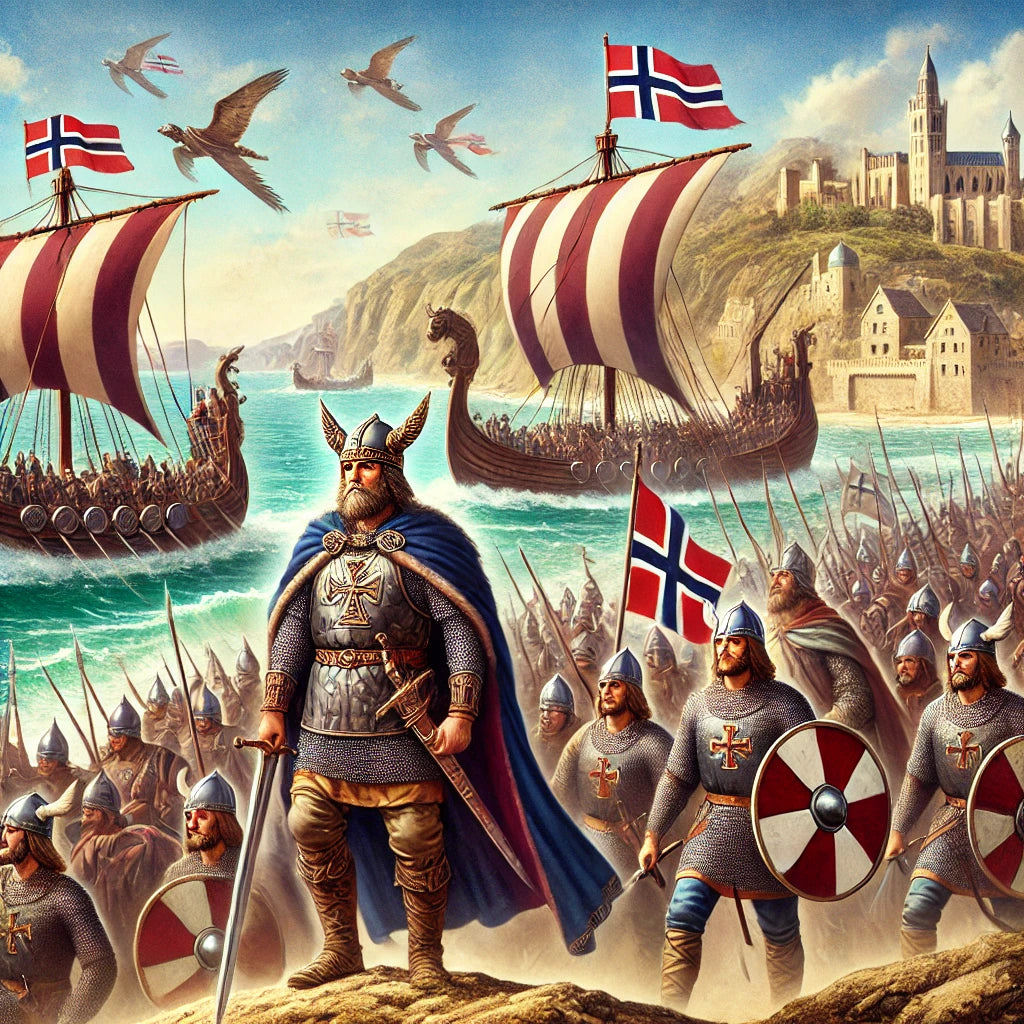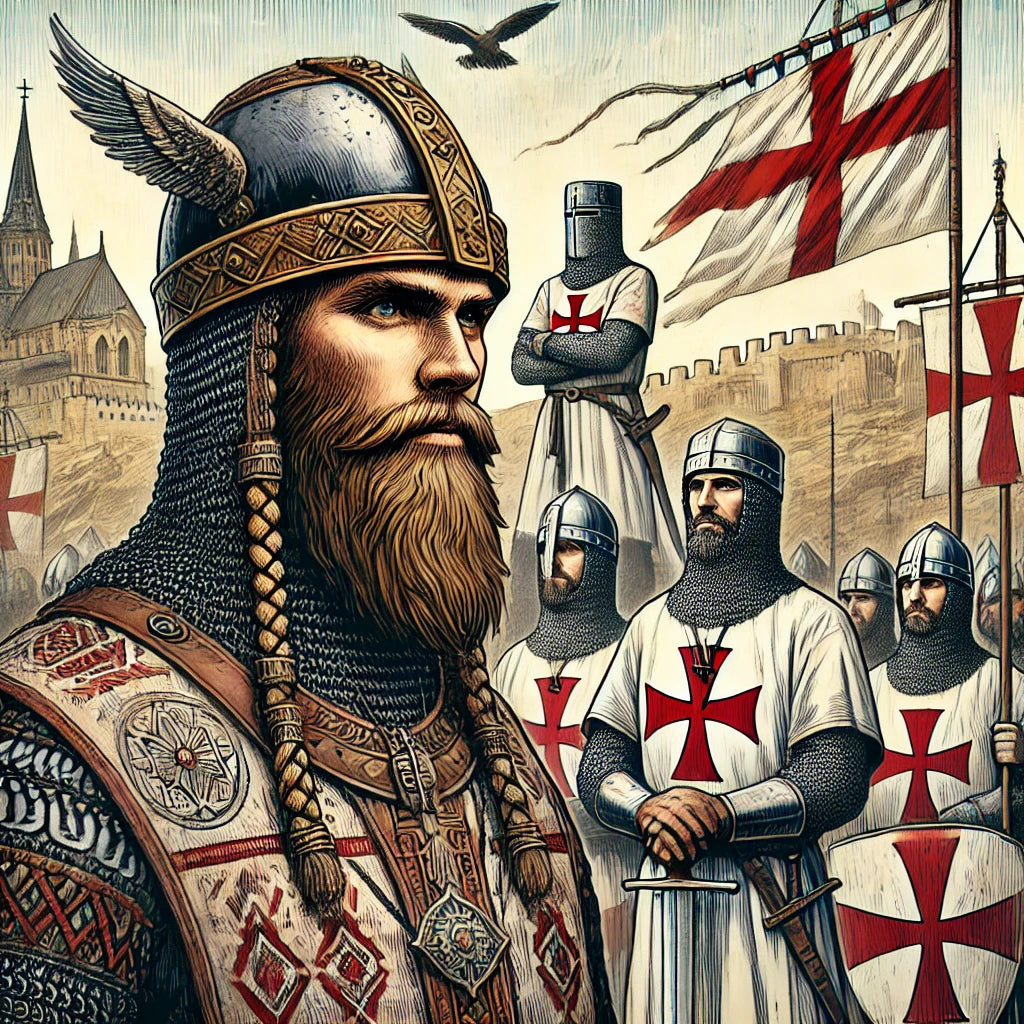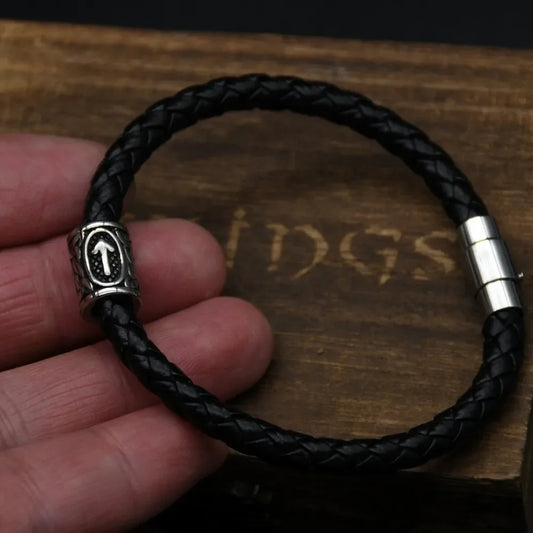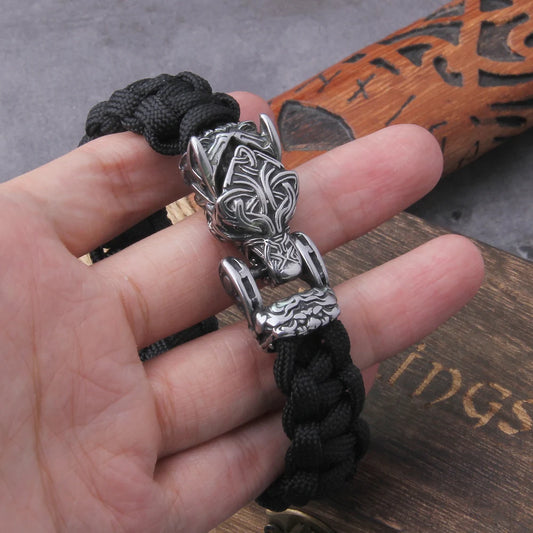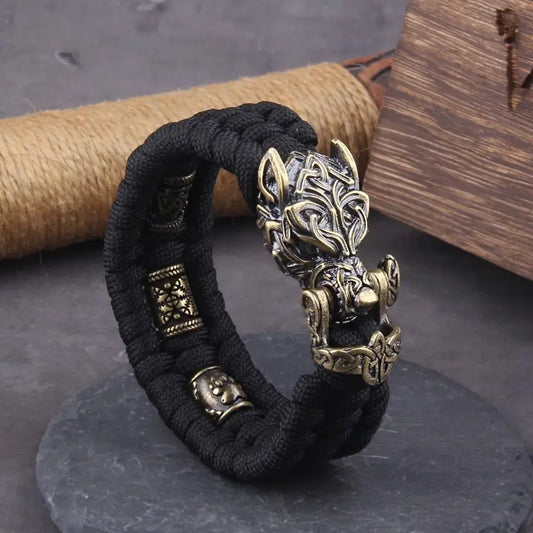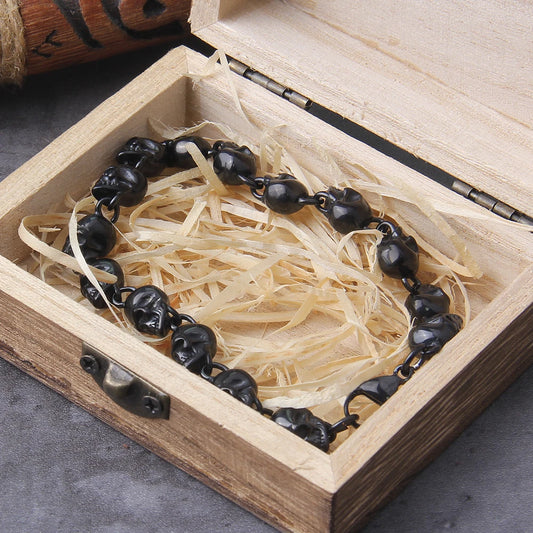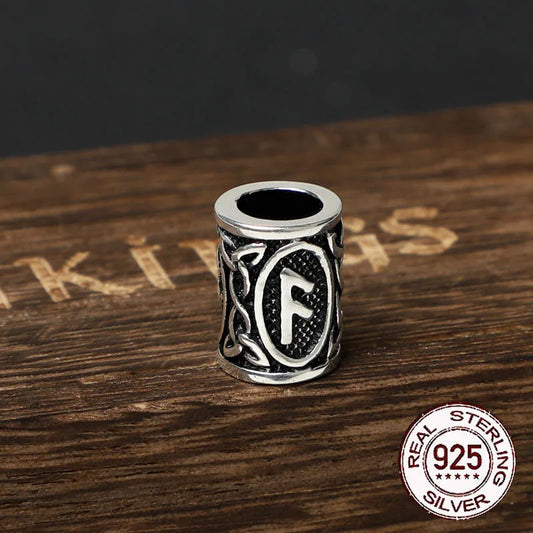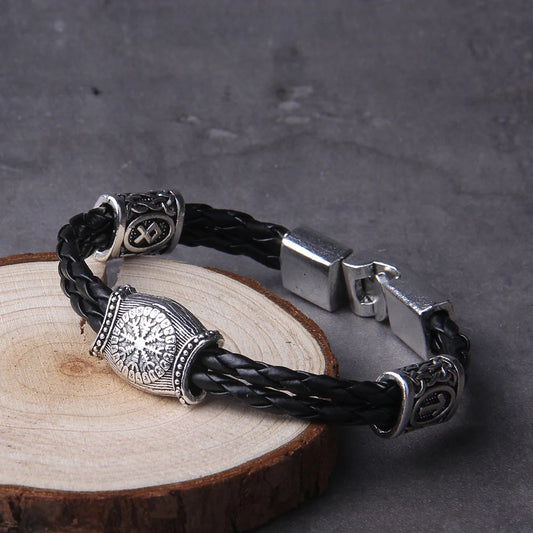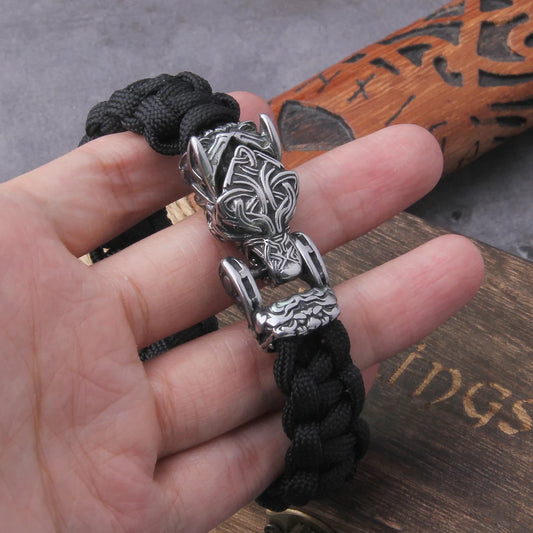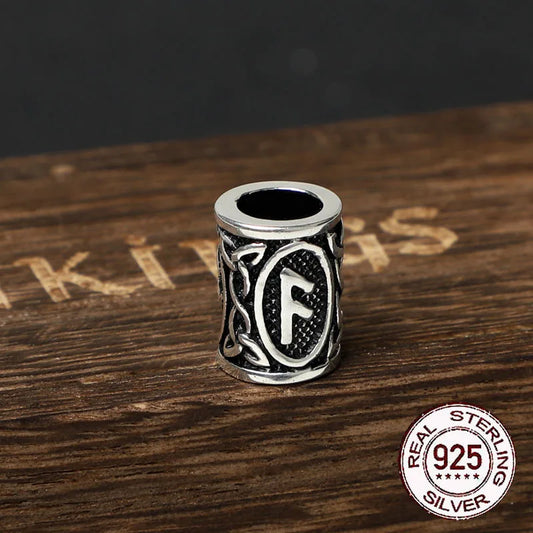The Great Heathen Army was a Viking army that plundered and conquered much of England in the late ninth century.
Although, unlike many other Scandinavian formations operating at the time, surviving sources give no precise indication of its strength, it was clearly among the largest forces of its kind, numbering several hundred ships and several thousand men.
The Great Heathen Army's History
The term "Great Heathen Army" (Old English: mycel heathen here) is used in the Anglo-Saxon Chronicle. The indications concerning it come for the most part from these chronicles.
The origins of the Great Heathen Army can be traced to the band of Viking warriors who laid siege to Paris in 845, perhaps led by the legendary Ragnar Lothbrok. They then attacked the surrounding area, looting Rouen and other smaller towns several times, perhaps striking from easily defensible bases established in the area of their depredations.
After making their way through continental Europe, the army set out for Britain and landed in East Anglia in 865. Their goal was to conquer England and establish themselves there.
It was led by Halfdan and Ivar, with the help of their brother Ubbe. The Norse sagas see the invasion as a reprisal for the death of their father, Ragnar Lothbrok, at the hands of King Aella of Northumbria.
At the end of 866, the army conquered the kingdom of Northumbria, followed in 870 by that of East-Angland. In 871, the Great Summer Army arrived from Scandinavia, led by Bagsecg. In 874, the men of the Great Pagan Army, thus reinforced, were able to conquer Mercy, driving out King Burgred.
In the same year, a large number of them settled in the conquered territories, followed in 877 by another group. Evidence of their stay was provided by the mass grave of 250 bodies found at Repton and by the fifty or so burial mounds found not far from there, at Ingleby, in Derbyshire4.
After the conquest of Mercy, the Great Heathen Army split up: Halfdan moved north to attack the Picts, while in the south Guthrum asserted his authority as warlord.
He and his men applied the usual Danish strategy: occupy a fortified city and then seek a favourable peace treaty, usually money in exchange for a promise to abandon the land immediately.
In 876, Halfdan's and Guthrum's assembled troops were joined by new reinforcements and together won the battle of Wareham.
However, Alfred the Great, who ruled Wessex, the only remaining independent Anglo-Saxon kingdom, counter-attacked and faced the Great Army in 878 at Ethandun; by forming a rampart of their shields, similar to the turtle formation of the Roman legions, the Saxons gained the advantage and, albeit with difficulty, won.
The Danes retreated and took refuge in Chippenham. Their surrender, after 14 days of siege, paved the way for a peace treaty in which Guthrum agreed to be baptized with Alfred as godfather.
The Danes remained confined to what was to become known as the Danelaw; Wessex was freed from the threat they posed. In the north, settlers from the army formed the Viking kingdom of York, which lasted with several interruptions until the middle of the tenth century.
The Great Heathen Army in Popular Culture
The Great Heathen Army's attack on Britain in the second half of the ninth century, including the capture of York in 865, is the subject of a playable scenario in Age of Empires II:DE.
In the Vikings series, the great army takes control of York, after the death of Ragnar. The army is then led by his sons.


